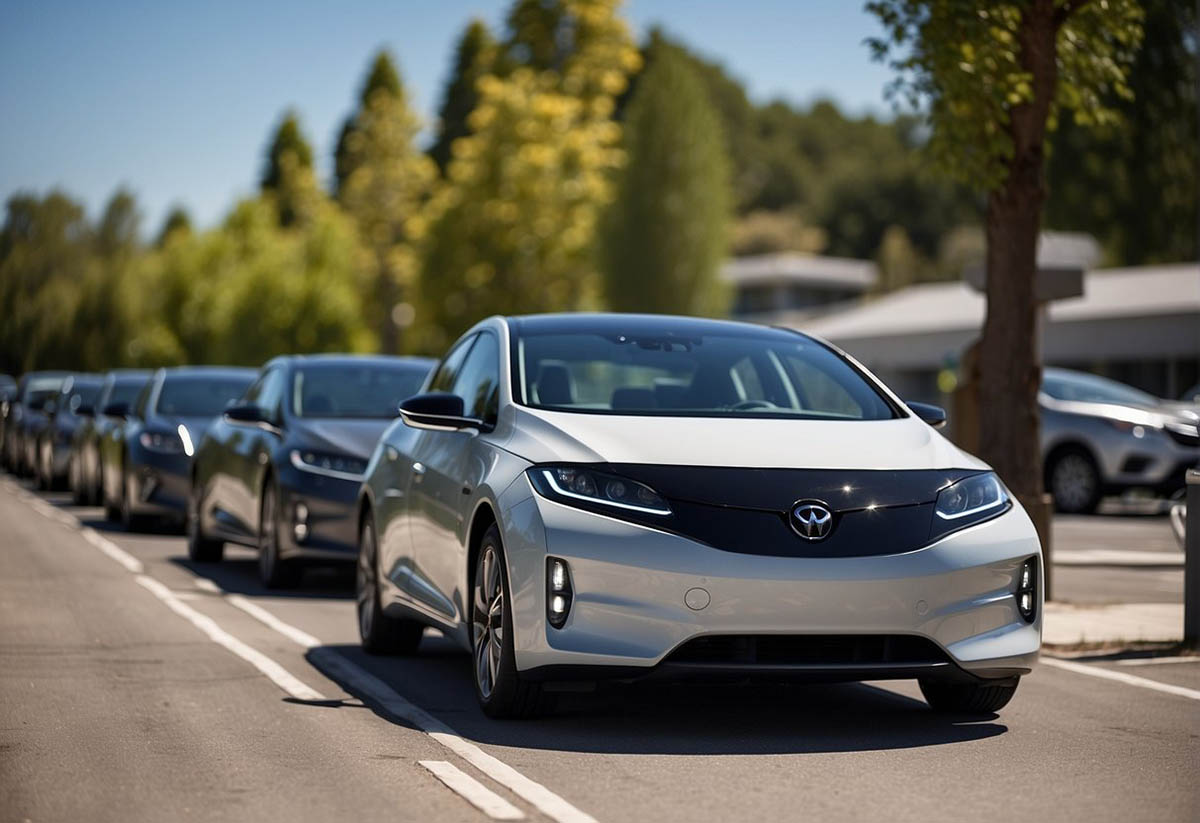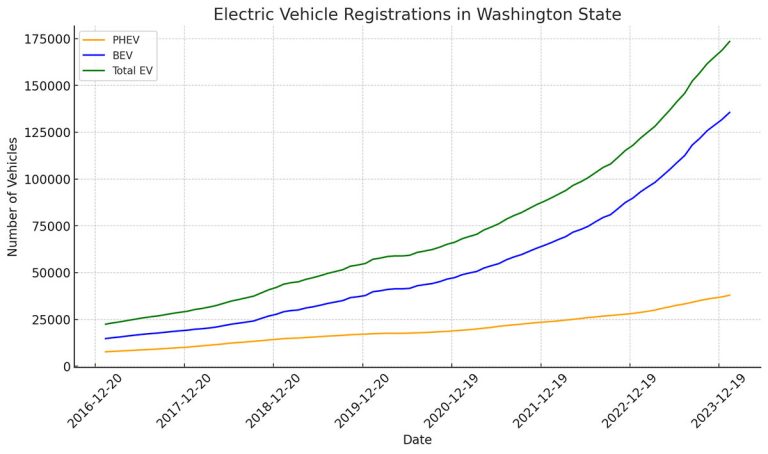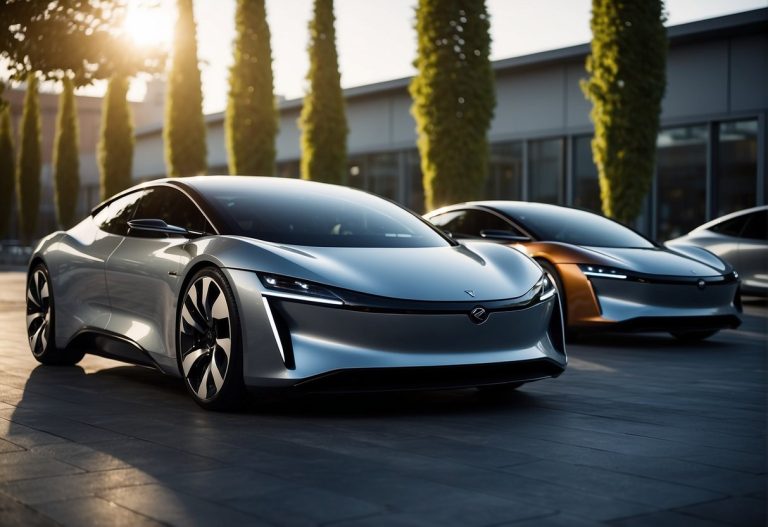Types of Electric Cars: Understanding Different EV Models
Electric vehicles (EVs) represent a critical advancement in automotive technology, aiming to reduce the reliance on fossil fuels and lower emissions. They are broadly categorized into four main types, each offering varying degrees of electrification and operational methodology. Hybrid Electric Vehicles (HEVs) combine a traditional internal combustion engine with an electric propulsion system, offering improved fuel efficiency over conventional vehicles. Plug-in Hybrid Electric Vehicles (PHEVs) take this concept further by allowing for recharging of their battery packs from an external power source, enabling them to drive considerable distances on pure electric power before switching to hybrid mode.
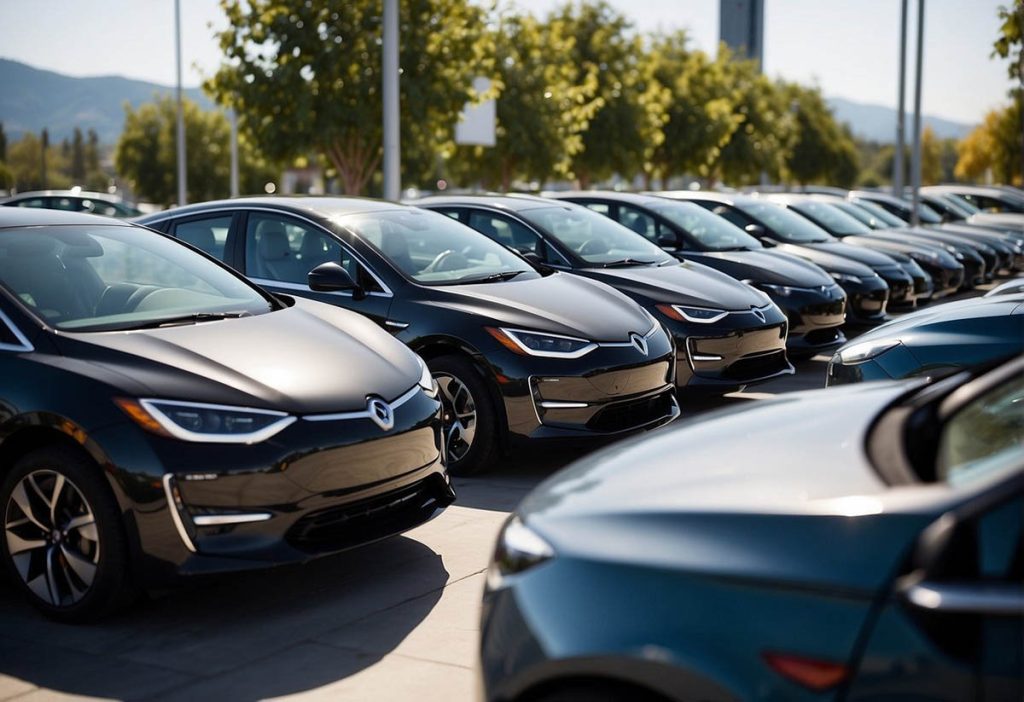
Battery Electric Vehicles (BEVs) are fully electric with no gasoline components; they run exclusively on electricity stored in their batteries, which are recharged via an external power source. As such, BEVs produce zero tailpipe emissions, making them the most environmentally friendly option among electric cars. On the other end of the spectrum, Hydrogen Fuel Cell Electric Vehicles (FCEVs) generate their own electricity on-board from hydrogen and oxygen, with water vapor as the only byproduct. Although they are electric vehicles, FCEVs are refueled with hydrogen, mirroring the refueling process of conventional cars, but with the environmental benefits of electric propulsion. Each type of EV offers distinct advantages and considerations in terms of range, charging infrastructure, and overall impact on the environment, which are important factors for consumers and manufacturers alike.
Types of Electric Vehicles
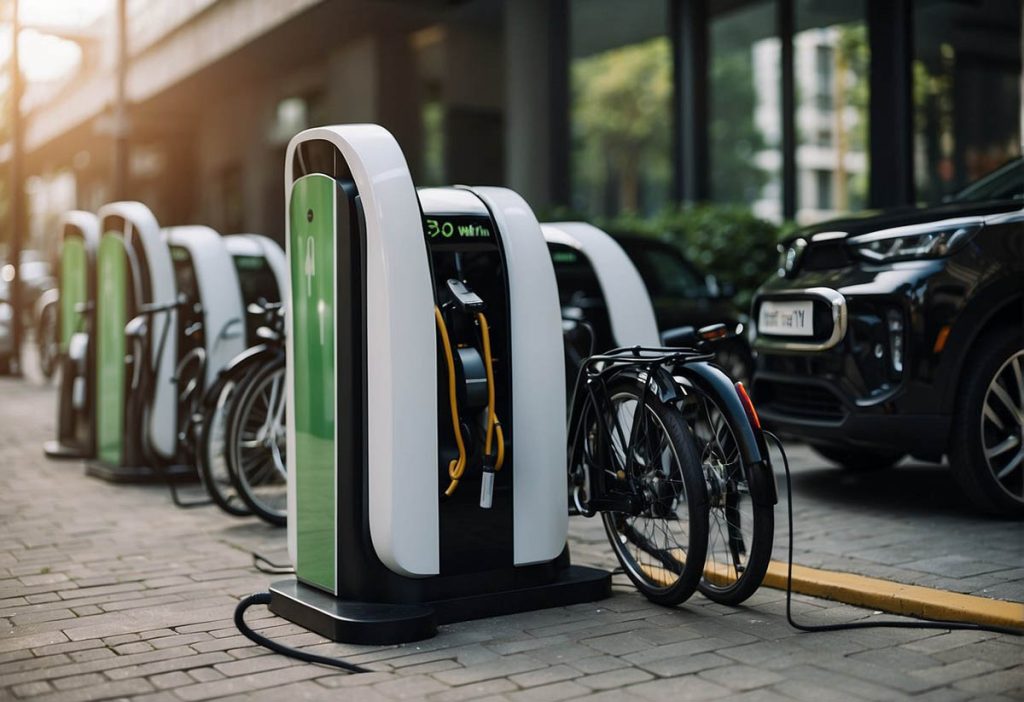
Electric vehicles (EVs) are categorized by the way they utilize electricity to power their engines. Below, you’ll find an overview of the main types of EVs, including some specific models that exemplify each category.
Battery Electric Vehicles (BEVs)
Battery Electric Vehicles (BEVs), also known as all-electric vehicles, operate solely on electricity stored in onboard batteries. They do not have a gasoline engine and rely entirely on a charging infrastructure to replenish their power. Models like the Tesla Model Y and Chevrolet Bolt are prime examples of BEVs because they offer long driving ranges and zero tailpipe emissions. The BMW i3 stands out as well for its innovative use of lightweight materials and electric powertrain.
Hybrid Electric Vehicles (HEVs)
Hybrid Electric Vehicles (HEVs) possess both a conventional internal combustion engine and an electric motor powered by a battery. They cannot be plugged in to charge; instead, they generate electricity through regenerative braking and the internal combustion engine. A hallmark model is the Toyota Prius, known for its fuel efficiency and reliability. HEVs such as the Jeep Wrangler 4xe combine traditional off-road capability with improved fuel economy through electric assistance.
Plug-In Hybrid Electric Vehicles (PHEVs)
Plug-In Hybrid Electric Vehicles (PHEVs) can be considered a midpoint between BEVs and HEVs. They have larger battery packs that can be recharged by plugging into an external power source, which allows for driving on electric power alone for a certain distance. After exhausting the battery’s range, PHEVs function like HEVs, using gasoline to extend their range. Noteworthy PHEVs include the Mitsubishi Outlander PHEV, known for its versatility and electric all-wheel drive, and the Ford Mustang Mach-E, which offers a performance-oriented approach to hybrid technology.
Key Components of Electric Cars
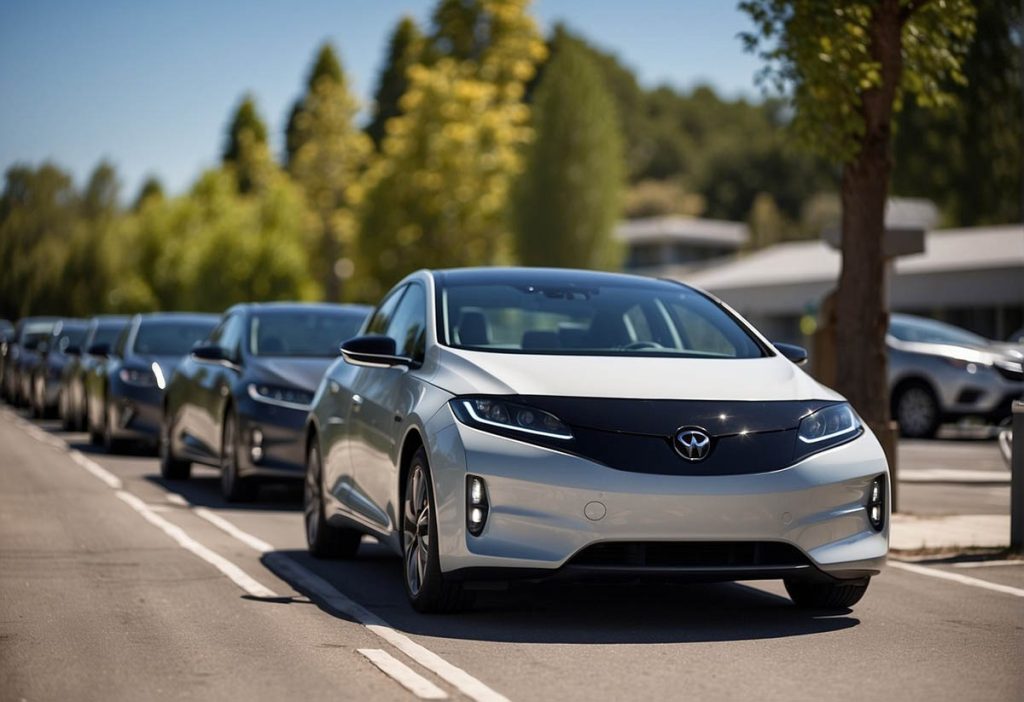
Electric cars are defined by their unique components which differentiate them from traditional gasoline-powered vehicles. At the heart of their innovation lie the battery packs providing stored electrical energy, the electric motors converting this energy into motion, and the regenerative braking systems that recover energy typically lost during braking.
Battery Packs
Electric vehicles (EVs) are powered by battery packs, which are collections of rechargeable battery cells. These packs not only store energy but also manage its distribution for vehicle propulsion. The capacity of a battery pack is a pivotal factor that determines the EV’s range, which is the distance a car can travel on a single charge. Advanced battery management systems monitor the cell’s health to optimize performance and longevity.
Electric Motors
The electric motor in an EV converts electrical energy from the battery pack into mechanical energy to drive the wheels. Unlike internal combustion engines, electric motors deliver torque instantaneously, which contributes to the immediate acceleration EVs are known for. Some electric cars utilize dual-motor setups to provide all-wheel drive capabilities.
Regenerative Braking Systems
Regenerative braking plays a vital role in extending an EV’s range by recapturing energy that would otherwise be lost during braking. When the driver applies the brakes, the electric motor runs in reverse, acting as a generator to convert the kinetic energy back into electric energy, which is then stored in the battery pack. This function also reduces wear and tear on the traditional braking system, leading to lower maintenance costs.
Performance and Efficiency
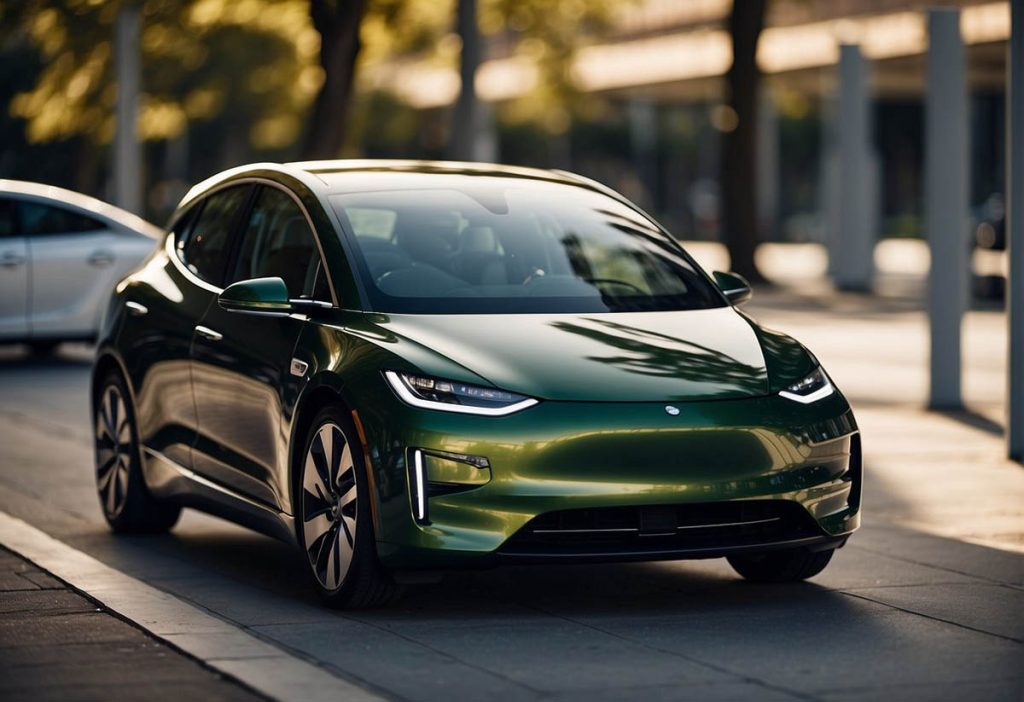
When evaluating electric vehicles (EVs), one should consider how performance and efficiency balance the demands of speed, range, and the energy required to operate. Innovations in battery technology, fast charging options, and energy consumption metrics are pivotal to an EV’s overall appeal and utility.
Electric Range
Electric range refers to the distance an EV can travel on a single charge. It varies based on several factors including battery size, vehicle efficiency, and driving conditions. For instance, the Tesla Model 3 Standard Range Plus is noted for its impressive range due to its highly efficient powertrain, offering more miles per charge compared to competitors.
Charging Infrastructure
Charging infrastructure is a critical component of EV performance, influencing the practicality of EVs as everyday vehicles. Fast charging stations, using an external power source, enhance convenience by significantly reducing charging time. An increasing number of public charging stations are now offering fast charging options, enabling drivers to recharge their EVs in a fraction of the time it would take with a conventional cord and outlet.
Energy Consumption
Finally, energy consumption in EVs is typically measured in kilowatt-hours per 100 miles (kWh/100m). Vehicles that excel in this aspect, like the aforementioned Tesla Model 3, are considered to have higher fuel efficiency. Lower energy consumption suggests a more efficient use of power from the battery to the wheels, making the EV more cost-effective to operate in the long term. Furthermore, developments in alternative fuel sources like hydrogen fuel cell vehicles broaden the scope of EV efficiency, as they use a different mechanism to power the electric motor.
Electric Vehicle Market Trends
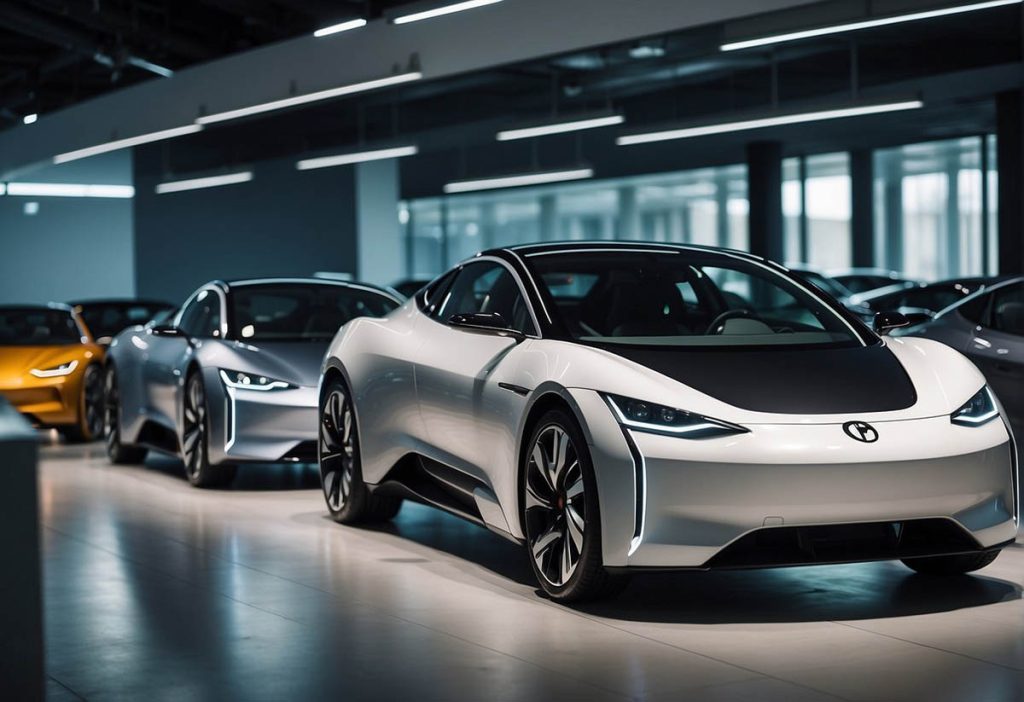
The electric vehicle (EV) market is rapidly expanding with an array of models across various segments, including sedans, SUVs, and trucks, helping to shape a new era in transportation.
Emerging Models
In the burgeoning electric vehicle market, recent releases demonstrate a commitment to diversity and performance. For example, the Tesla Model S Plaid, an evolution of the standard Model S, offers unprecedented acceleration with a 0-60 mph time of under two seconds. Complementing this is the Lucid Air, which establishes itself in the luxury EV sedan category through notable range and horsepower. Other notable entries include the BMW i4, an electric iteration of BMW’s successful 4 Series, and the Ford F-150 Lightning, an electrified version of America’s best-selling truck that balances workhorse utility with electric efficiency. These models are indicative of the industry’s direction toward providing a wide array of EV options for consumers.
Market Evolution
The EV market has seen remarkable developments not only in terms of vehicular offerings but also in market penetration. Traditional categories such as sedans and SUVs are increasingly being joined by electric trucks like the GMC Hummer EV, which resurrects an iconic name with a new electric twist. As electric cars gain market share, electrified trucks are anticipated to bring new demographics into the fold, merging utility with environmentally conscious innovation. Furthermore, major manufacturers are announcing pledges to electrify their lineups, suggesting a shift from niche appeal to mainstream inevitability for electric vehicles.
